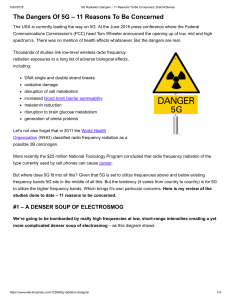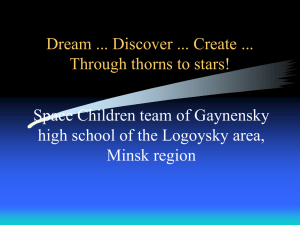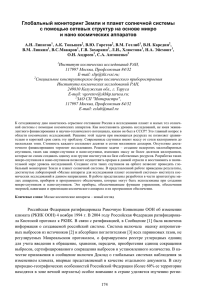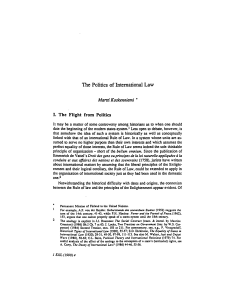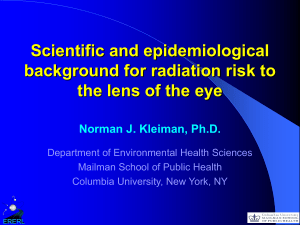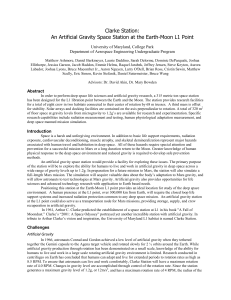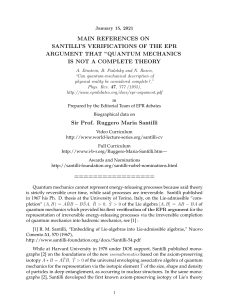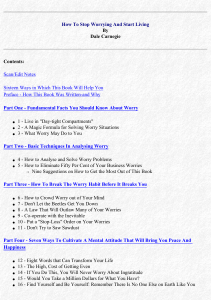
We should support the colonization of outer space Many of humanity's best minds, including physicist and cosmologist Stephen Hawking, claimed in 2001 that the human race would die out within the next thousand years if colonies were not created in space. Outer space is a part of space that is outside the earth's atmosphere. Colonization is the process of settlement and development of new territories outside the Earth. Support - this means that countries must make our first task the colonization of outer space. Arguments: 1) Cost and peace in the World. 2) Population. 3) Safety and radiation. First argument: Large-scale space exploration promises huge profits. On small asteroids can produce 30 times more metal than people produced throughout its history. One small asteroid is worth about $ 20 trillion at market prices in 2001. That is, we can safely talk about the commercialization of space. These are new jobs and high salaries. It has already been calculated that if we now engage in the development of the necessary technologies, the return will come in 50 years. Many people greatly exaggerate the cost of space, while underestimating the cost of defense. For example, as of June 13, 2006, the us Congress sent 320 billion dollars to the war with Iraq, while the creation of the space telescope "Hubble" cost only 2 billion dollars, and the average annual budget of NASA is only 15 billion dollars. In other words, at the current level of NASA funding, the money spent on the war with Iraq would have been enough for about 21 years of the Agency's work on space exploration. And the annual military budget of the whole world exceeds 1.5 trillion dollars. Second argument: Many of you have thought: "Why we must colonize space, us on Earth well?" In fact, the world population is growing every day. At the moment the world's population is more than 7 billions. For comparison, in 1980 the world's population was about 4 billion. Imagine what can happen in 2050. 200 years ago there were less than one billion humans living on earth. Today, according to UN calculations there are over 7 billion of us. 200 years ago there were less than one billion humans living on earth. Today, according to UN calculations there are over 7 billion of us. Recent estimates suggest that today's population size is roughly equivalent to 6.5% of the total number of people ever born. This is the most conspicuous fact about world population growth: for thousands of years, the population grew only slowly but in recent centuries, it has jumped dramatically. Between 1900 and 2000, the increase in world population was three times greater than during the entire previous history of humanity—an increase from 1.5 to 6.1 billion in just 100 years. Indeed, for a long time the world population grew at an increasing rate. However, if we focus on the last couple of decades, we see that this pattern no longer holds, as the annual rate of population growth has been recently going down. 1962 saw the growth rate peak at 2.1%, and it has since fallen to almost half. A long historical period of accelerated growth has thus come to an end. The visualization shows how strongly the growth rate of the world population changed over time: In the past the population grew slowly: it took nearly seven centuries for the population to double from 0.25 billion (in the early 9th century) to 0.5 billion in the middle of the 16th century. As the growth rate slowly climbed, the population doubling time fell but remained in the order of centuries into the first half of the 20th century. Things sped up considerably in the middle of the 20th century. The fastest doubling of the world population happened between 1950 and 1987: a doubling from 2.5 to 5 billion people in just 37 years — the population doubled within a little more than one generation. This period was marked by a peak population growth of 2.1% in 1962. Since then, population growth has been slowing, and along with it the doubling time. In this visualisation we have used the UN projections to show how the doubling time is projected to change until the end of this century. By 2088, it will once again have taken nearly 100 years for the population to double to a predicted 11 billion. Third argument: We must understand that if there is a global catastrophe, then all the costs will go to the tenth plan, and the first will be the preservation of human lives. That is why the main argument for the colonization of outer space is the long-term survival of human civilization. In the middle of the twenty-first century, people will face two options: either they survive by colonizing outer space in the next 200 years, or they will accept the prospect of a slow and irreversible disappearance. In 2005, Michael Griffin, a NASA leader, described space colonization as the ultimate goal of all ongoing space exploration programs. Hence it can be concluded that NASA is exploring space is not only for science, but considering the prospect of expanding the habitat of earthlings. To live in this world for hundreds of thousands and millions of years, it is necessary to populate other planets. But today the technology in this direction is in its infancy. Therefore, it is not yet possible to settle people on the moon, on Jupiter's satellites, on Mars, on other planets and asteroids. Also, on our planet there are also many dangers that can lead to the extinction of the human race. One of them is radiation. Of course, we all know about the Chernobyl nuclear power plant. In some parts of the exclusion zone, radiation levels reach 20 sieves, with a lethal dose of only 6, and this is not the limit. Plutonium-241 here is called relatively safe, in the process of its half-life is formed much more terrible isotope-americium, and the peak of radiation contamination in the zone will be achieved only by 2058. Many fears are caused by work on the fourth unit of the Chernobyl station. In conclusion, whether we want to or not, the colonization of outer space will be a necessary measure in the second half of the twenty-first century. The population of the Earth is growing rapidly, along with it increases the volume of industrial production. As a result, the environmental situation is deteriorating and earth resources are shrinking. So anyway, and the salvation of the human species can be only space. That's why we will prepare for interstellar travel and life on other planets. There is simply no other way.
